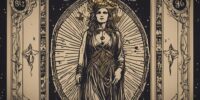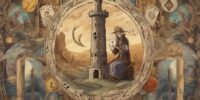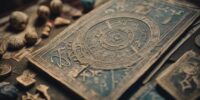Why the Codification of Tarot Symbols Became Crucial in the 20th Century
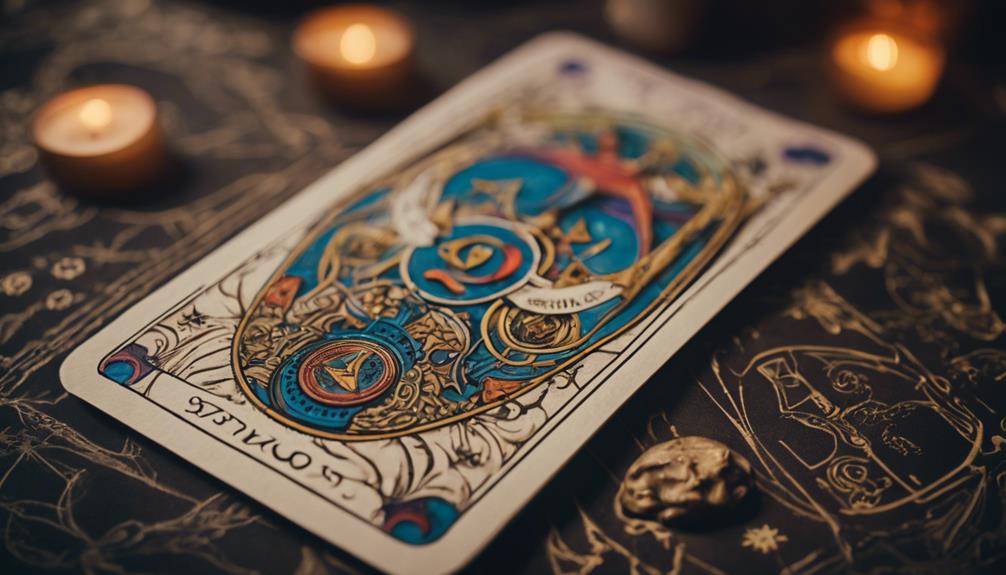
The codification of tarot symbols in the 20th century marked a crucial shift in the way these symbols were interpreted and understood. Prior to this period, tarot cards were often seen as mysterious and esoteric, with their meanings varying greatly depending on the reader.
However, as interest in tarot grew throughout the 20th century, scholars and practitioners began to standardize the meanings of the symbols on the cards. This allowed for a more consistent and coherent interpretation of the tarot, making it more accessible to a wider audience.
By codifying the symbols on the tarot cards, practitioners were able to develop more structured methods of reading the cards, such as the popular Rider-Waite-Smith tarot deck. This standardization helped to establish a common language around tarot symbolism, making it easier for practitioners to share knowledge and insights with one another.
Overall, the codification of tarot symbols in the 20th century played a significant role in shaping the way that tarot is practiced and understood today. It helped to bring a sense of order and consistency to a practice that had previously been shrouded in mystery and ambiguity.
Tarot Symbolism Proliferation
Emerging in the 20th century, the proliferation of Tarot symbolism captivated seekers and scholars alike, illuminating paths to deeper self-discovery. In a historical context, the 20th century saw a remarkable surge in interest in the Tarot, with scholars delving into its rich symbolism and seekers using it as a tool for introspection and guidance. This era marked a shift in how Tarot was perceived, moving away from mere fortune-telling to a more profound exploration of the self and the human experience.
The modern applications of Tarot symbolism are vast and diverse. Beyond predicting the future, Tarot cards are now used for meditation, creative inspiration, decision-making, and psychological insight. The archetypal imagery of the Tarot speaks to universal themes and emotions, offering a mirror through which individuals can explore their innermost thoughts and feelings. In a world that craves freedom and self-expression, the Tarot provides a timeless tool for personal growth and empowerment.
Rising Interest in Divination
The allure of divination practices has steadily captured the curiosity and imagination of individuals seeking deeper insights and guidance in the intricate tapestry of life's mysteries. In the 20th century, there's been an increased curiosity in divination as people set out, explore, in the domain of spiritual exploration. This surge in interest can be attributed to a growing desire for connection to something greater, a quest for meaning beyond the tangible, and a yearning for insights that traditional avenues may not provide.
As individuals explore into the realms of divination, they're met with a vast array of tools and practices that offer glimpses into the unknown. Tarot, with its rich symbolism and archetypal imagery, has become a focal point for many on this spiritual quest. The cards serve as mirrors, reflecting the depths of one's psyche and illuminating pathways to self-discovery.
Through divination, individuals are empowered to navigate life's twists and turns with a sense of clarity and purpose. It's within this domain of increased curiosity and spiritual exploration that the true magic of divination unfolds, offering solace, guidance, and a deeper understanding of the interconnectedness of all things.
Need for Interpretation Standardization
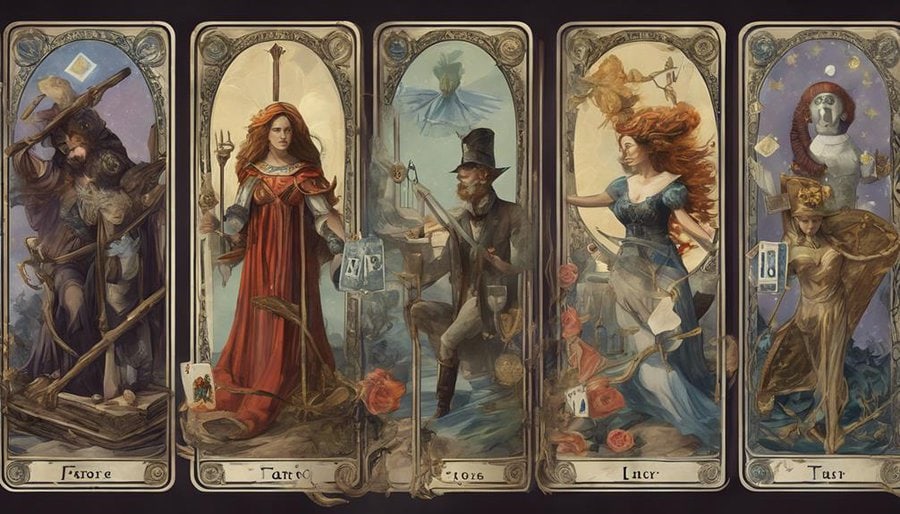
In the intricate land of divination, a call arises for the standardization of interpretation methods to enhance clarity and coherence in the practice. As the world of Tarot reading continues to expand, the need for standardization becomes increasingly important. Here are three reasons why standardization is vital:
- Standardization Importance: Establishing a set of criteria for interpreting Tarot symbols is essential for ensuring that readings are consistent and reliable across different practitioners.
- Symbolism Consistency: By standardizing interpretation methods, the consistency of symbolism in Tarot cards can be maintained, allowing for a more unified understanding of the messages they convey.
- Enhanced Clarity: Standardization leads to clearer readings, eliminating confusion and enhancing the overall quality of the divination experience.
In a realm where freedom of interpretation is valued, the harmonization of practices through standardization serves to empower both readers and querents, fostering a deeper connection to the wisdom that Tarot can offer.
Influence of Occult Revival
Amidst the growing domain of Tarot interpretation, the resurgence of occult practices has greatly influenced the evolving landscape of divination methods. The occult influences have brought a richness to Tarot symbolism, enhancing the depth and diversity of meanings within each card. As the occult revival gained momentum in the 20th century, Tarot symbolism became infused with ancient mystical traditions, alchemical principles, and esoteric teachings.
This resurgence of occult practices breathed new life into the Tarot, expanding its potential for spiritual exploration and personal growth. The infusion of diverse occult influences allowed for a more nuanced understanding of the cards, enabling readers to tap into deeper layers of wisdom and insight. The blend of symbolism diversity from various occult traditions created a tapestry of meanings that resonated with seekers on a profound level.
Through the influence of the occult revival, Tarot transcended its role as a mere fortune-telling tool, evolving into a powerful instrument for self-reflection and spiritual development. The infusion of occult wisdom into Tarot symbolism continues to inspire and guide individuals on their journey towards self-discovery and enlightenment.
Psychological Interpretations Emerge
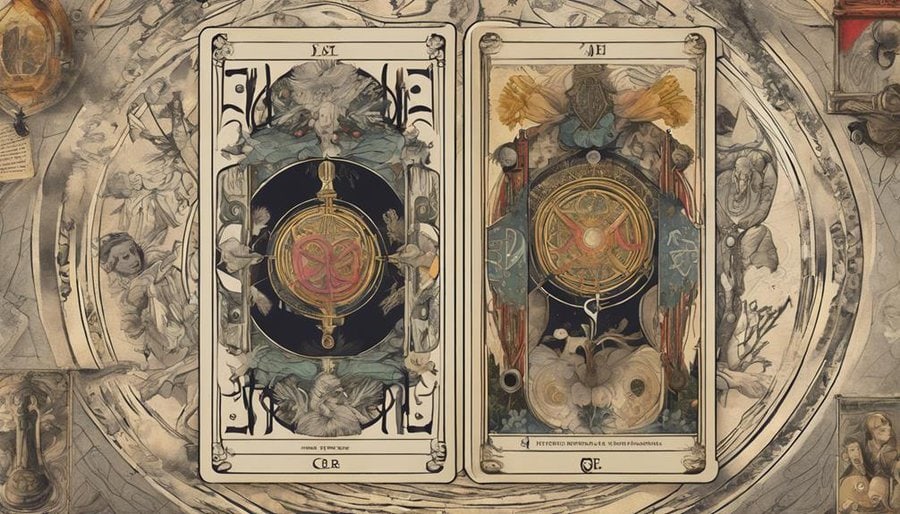
With the advent of psychological interpretations, Tarot cards began to serve as mirrors reflecting the depths of the human psyche. This shift allowed individuals to explore their inner worlds, understand subconscious motivations, and gain insights into their behavioral patterns. The emergence of symbolic analysis and archetypal psychology brought a new dimension to Tarot readings, empowering people to investigate universal themes and collective human experiences.
- Symbolic Analysis: The psychological approach to Tarot encouraged individuals to interpret the cards based on personal associations and subconscious insights, revealing deeper meanings beyond traditional divination practices.
- Archetypal Psychology: By recognizing archetypes present in Tarot imagery, individuals could connect with universal symbols that resonate with shared human experiences, fostering a sense of unity and understanding.
- Self-Exploration: Psychological interpretations of Tarot cards offered a powerful tool for self-reflection and introspection, allowing individuals to navigate their emotions, fears, and desires with clarity and insight.
Through these psychological lenses, Tarot cards became not just tools for fortune-telling but pathways to personal growth, empowerment, and self-awareness.
Impact on Tarot Reading Practices
The integration of psychological interpretations into Tarot readings revolutionized the traditional practice, shaping new approaches and perspectives within tarot reading practices. By delving into the domain of psychological insights, tarot readers gained a deeper understanding of human nature and behavior, allowing for more profound interpretations of the cards. Through the application of advanced interpretation techniques rooted in psychology, readers were able to provide clients with insightful and empowering readings that resonated on a personal level.
This shift towards incorporating psychological insights not only enhanced the accuracy of readings but also paved the way for a more holistic approach to tarot reading. Clients began to see the cards as mirrors reflecting their inner selves, guiding them on a journey of self-discovery and personal growth. The evolution of tarot reading practices towards a more psychology-based methodology opened up a world of possibilities, empowering individuals to navigate life's challenges with newfound wisdom and clarity.
Evolution of Tarot Symbol Meanings
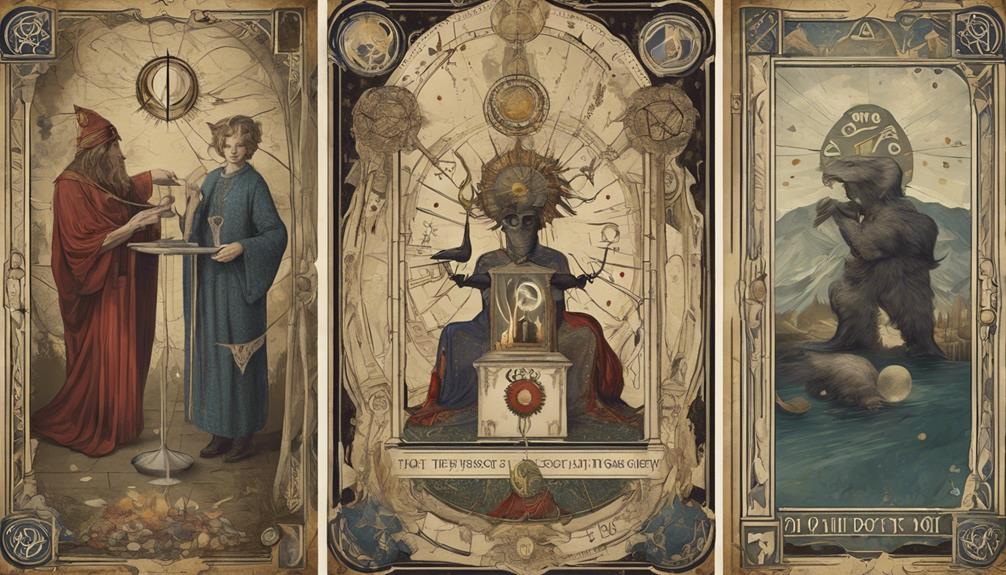
As Tarot reading practices evolved in the 20th century, the meanings behind the symbols on the cards underwent a significant transformation, reflecting a deeper understanding of human psychology and spirituality. This evolution in symbolism marked a profound shift in how Tarot was perceived and utilized, aligning more closely with the changing consciousness of society.
Here are three key aspects of the symbolism evolution and meaning shifts in Tarot:
- Psychological Depth: Tarot symbols began to be interpreted through the lens of psychology, delving into the subconscious worlds of the human mind to provide profound insights and introspection.
- Spiritual Connection: The meanings of Tarot symbols expanded to encompass a broader spiritual context, offering seekers a way to connect with their inner selves and the universal energies at play.
- Personal Empowerment: The evolving symbolism empowered individuals to take control of their destinies, encouraging them to see the Tarot not as a predictor of fate, but as a tool for self-discovery and growth.
Legacy of 20th Century Codification
A profound and enduring legacy remains from the 20th-century codification of Tarot symbols, shaping modern interpretations and applications of this ancient divinatory tool. This legacy is characterized by symbolic preservation, ensuring that the rich historical significance of Tarot symbols is not lost but rather celebrated and utilized in contemporary practices. By codifying the meanings and associations of Tarot symbols, practitioners have created a foundation upon which Tarot reading techniques have evolved, allowing individuals to explore the depths of their consciousness and the mysteries of the universe.
To showcase the impact of this legacy, let's explore a table illustrating the transformation of key Tarot symbols through codification:
| Tarot Symbol | Traditional Meaning | Codified Meaning |
|---|---|---|
| The Fool | Naivety, New Beginnings | Spontaneity, Unlimited Potential |
| The High Priestess | Intuition, Mystery | Subconscious, Inner Knowing |
| The Tower | Chaos, Sudden Change | Liberation, Divine Intervention |
| The World | Completion, Fulfillment | Wholeness, Cosmic Harmony |
Through this table, one can witness the evolution of Tarot symbols from their traditional interpretations to their codified meanings, highlighting the enduring influence of the 20th-century codification on modern Tarot practices.
Frequently Asked Questions
What Specific Historical Events or Movements in the 20th Century Led to the Codification of Tarot Symbols?
In the 20th century, the codification of tarot symbols was driven by the impact of globalization and the evolution of symbolism. Global connections and changing perspectives necessitated a unified language to interpret these ancient mysteries.
How Did Advancements in Technology and Communication in the 20th Century Impact the Proliferation of Tarot Symbolism?
In the 20th century, globalization and technological advancements revolutionized tarot symbolism. Like a worldwide web connecting minds, these tools spread tarot's wisdom far and wide, empowering seekers to explore its depths and mysteries.
What Role Did Famous Individuals or Organizations Play in Standardizing the Interpretation of Tarot Symbols During the 20th Century?
Famous figures brought credibility to tarot symbolism through their interpretations, shaping a standardized understanding. Organizational influence expanded the reach of these interpretations, making tarot a widely recognized tool for introspection and guidance in the 20th century.
How Did the Cultural and Societal Shifts of the 20th Century Influence the Resurgence of Interest in Divination Practices Like Tarot Reading?
In the 20th century, cultural shifts and societal influences prompted a revival of interest in divination practices like tarot reading. People sought alternative ways to connect with the unknown, embracing the mystical and finding comfort in uncertainty.
Can the Codification of Tarot Symbols in the 20th Century Be Attributed to a Specific Cultural or Spiritual Movement?
During the 20th century, the codification of tarot symbols was influenced by various cultural movements and spiritual shifts. As these movements unfolded, the need to standardize and interpret tarot imagery became vital for wider understanding and acceptance.


